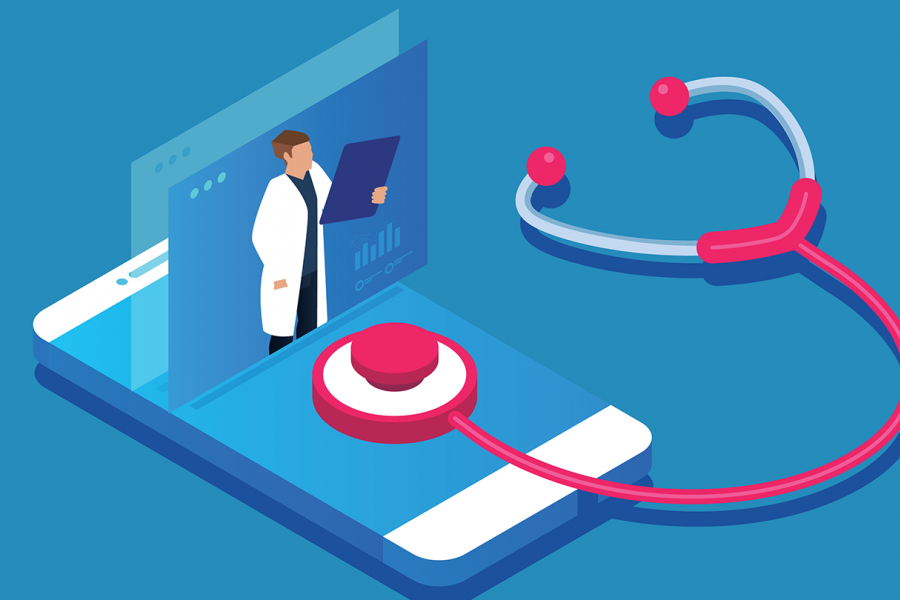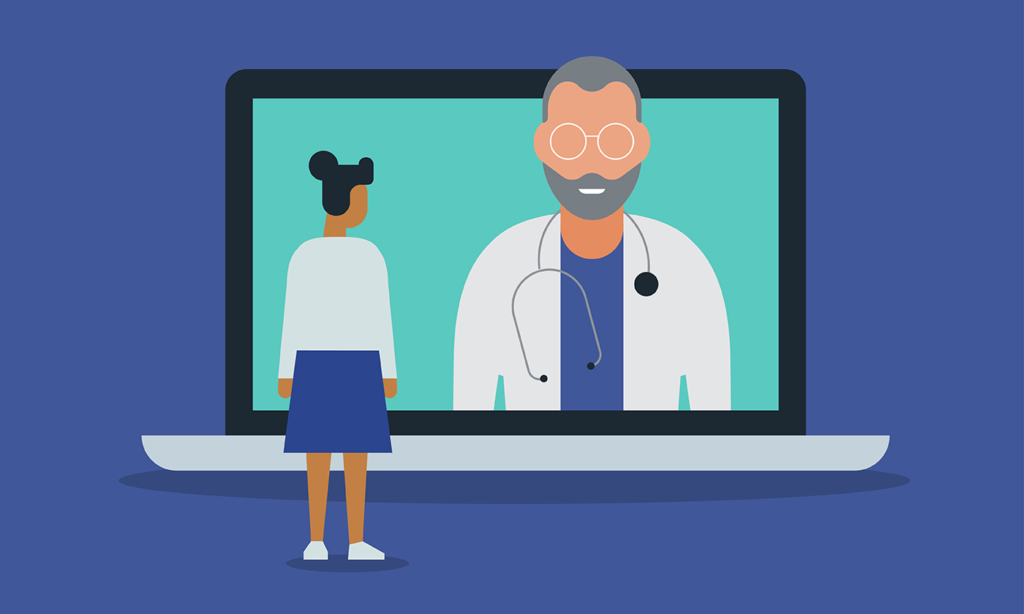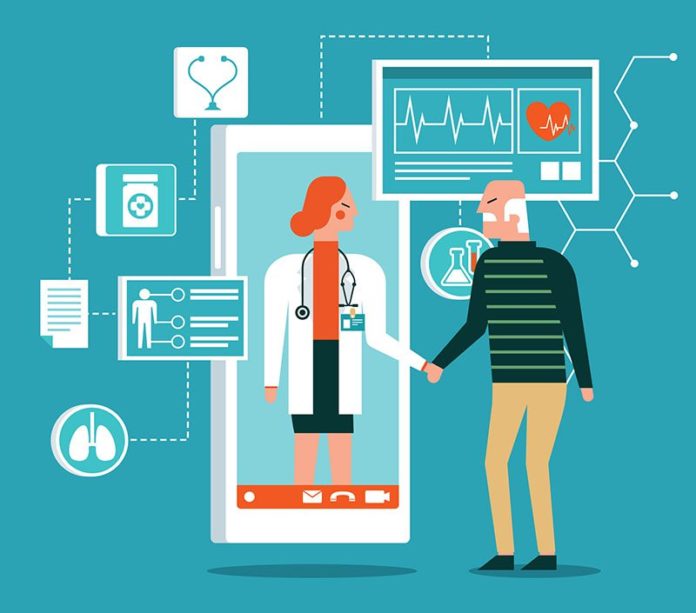By offering patients virtual medical treatment, telemedicine is a developing discipline that is revolutionizing the way healthcare is delivered. As more patients choose for the comfort and accessibility of virtual consultations, telemedicine applications are growing in popularity. It’s crucial to comprehend the advantages and various telemedicine app sorts if you’re thinking about producing one.
What Exactly Is Telemedicine and How Does It Work?

Telemedicine is a cutting-edge method of delivering healthcare services that entails utilizing digital technology to link patients and healthcare professionals to give assessments, diagnoses, consultations, and treatment remotely. In other words, it is a technological substitute for physical medical examinations, hospital stays, and other types of medical procedures. It is also known as telehealth on occasion.
Aside from telemedicine website, this application has also long relied on mobile apps, the current trend is toward immersive technology like augmented and virtual reality.However, many of the jobs that were formerly undertaken by medical experts are being improved upon or replaced by machine learning and artificial intelligence. When their preferred expert is unavailable, patients are gladly swarming to such solutions as a practical substitute for standing in line at the hospital or accepting subpar treatment. If you want to create such an application, then hire only a telemedicine app development company that is professional in this field.
What Advantages Does the Telemedicine App Offer?
By enabling virtual consultations, telemedicine applications expand access to healthcare while also giving convenience and flexibility. Patients with mobility challenges or those who reside in rural or distant places with little access to healthcare can benefit from this.
Apps for telemedicine enhance patient pleasure and engagement by offering a specialized and convenient healthcare experience. Early diagnosis, monitoring, and treatment of patients’ medical issues may result in better health outcomes and lower healthcare expenditures. Telemedicine applications provide affordable healthcare by cutting down on the costs and travel time involved with in-person consultations.
Learn more about the benefits of telemedicine apps: https://trembit.com/.
Telemedicine applications also increase the productivity and efficiency of the healthcare system by decreasing the administrative load and wait periods related to conventional consultations. Apps for telemedicine provide patients access to specialist medical treatments that may not be accessible nearby, which can enhance the standard of care and health outcomes.
Types of Telemedicine Apps

Synchronous Telemedicine Apps
Apps for synchronous telemedicine provide real-time communication between patients and medical professionals. With the use of these applications, patients may have in-person consultations with medical professionals from the convenience of their homes thanks to video conferencing technology. Patients who need rapid treatment or who reside in distant places with little access to healthcare might benefit from synchronous telemedicine applications.
Asynchronous Telemedicine Apps
Apps for asynchronous telemedicine let people consult doctors whenever it’s convenient for them. Patients may upload their medical history, symptoms, and other health-related information using these applications, and they will get a response from a healthcare professional in a certain amount of time. Those who want guidance or consultation from a healthcare professional due to non-emergency medical issues should use asynchronous telemedicine applications.
Remote Monitoring
Patients find this particular telemedicine app to be highly beneficial and commonly used. Using technology, they may monitor, manage, record, and communicate their vital indicators. It enables patients who must routinely monitor their health and vital signs to lessen side effects and seek treatment right away. Asthma, stroke, epilepsy, cardiovascular conditions, diabetes, and many more serious chronic disorders are mentioned. Patients may save money by using a similar procedure since paying a nurse to watch them is an expensive option.
Store-and-Forward Telemedicine Apps
Video conferencing isn’t always used in telemedicine applications. Patients are able to capture information on a picture or video and email it to a doctor for review. For instance, patients may photograph the outcomes of diagnostic tests or even their wounds, among other things. Some telemedicine apps are more effective since they don’t need a patient and a doctor to be accessible at the same time.



































